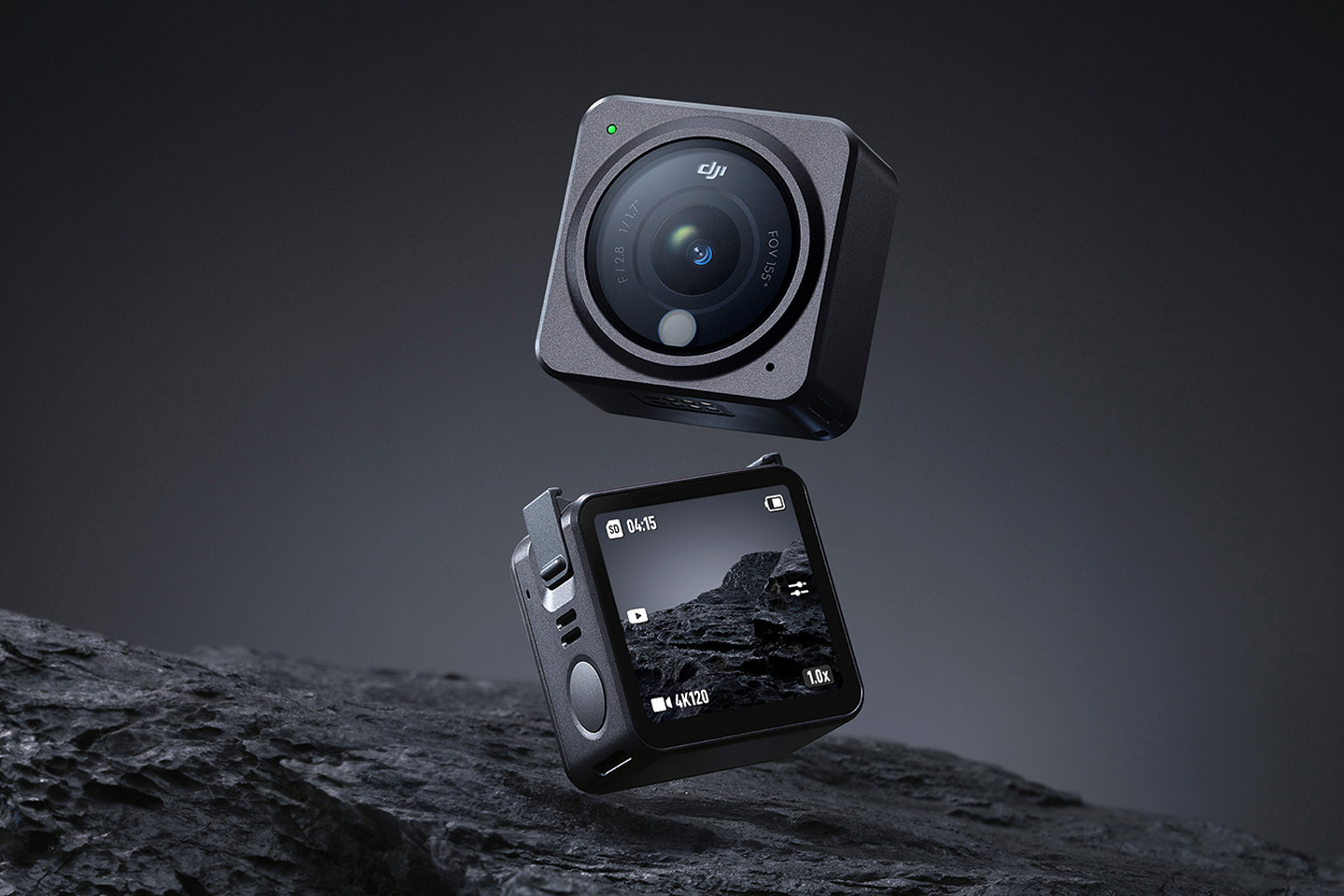
No matter how advanced photography tech may get, there’s something about an actual physical camera and the fact that it always reigns supreme. We’ve reached a point where most of us use our smartphones to to click photographs and record videos! I mean, they are extremely accessible and easy to use. But anyone who owns a real deal hardcore camera – knows that the true joy of photography lays in this one gadget. They always take the utmost care of their precious camera, after all it is their most prized possession! However, cameras these days are going beyond the usual and quintessential DSLRs. They’re getting more innovative, savvy, and futuristic! And, we’ve curated a whole collection of unique camera designs to satisfy all the photography lovers out there. From DJI’s latest action camera that perfectly replaces the GoPro to a minimal digital camera for globe trotters – this wide range of camera designs is perfect for all kinds of photographers!
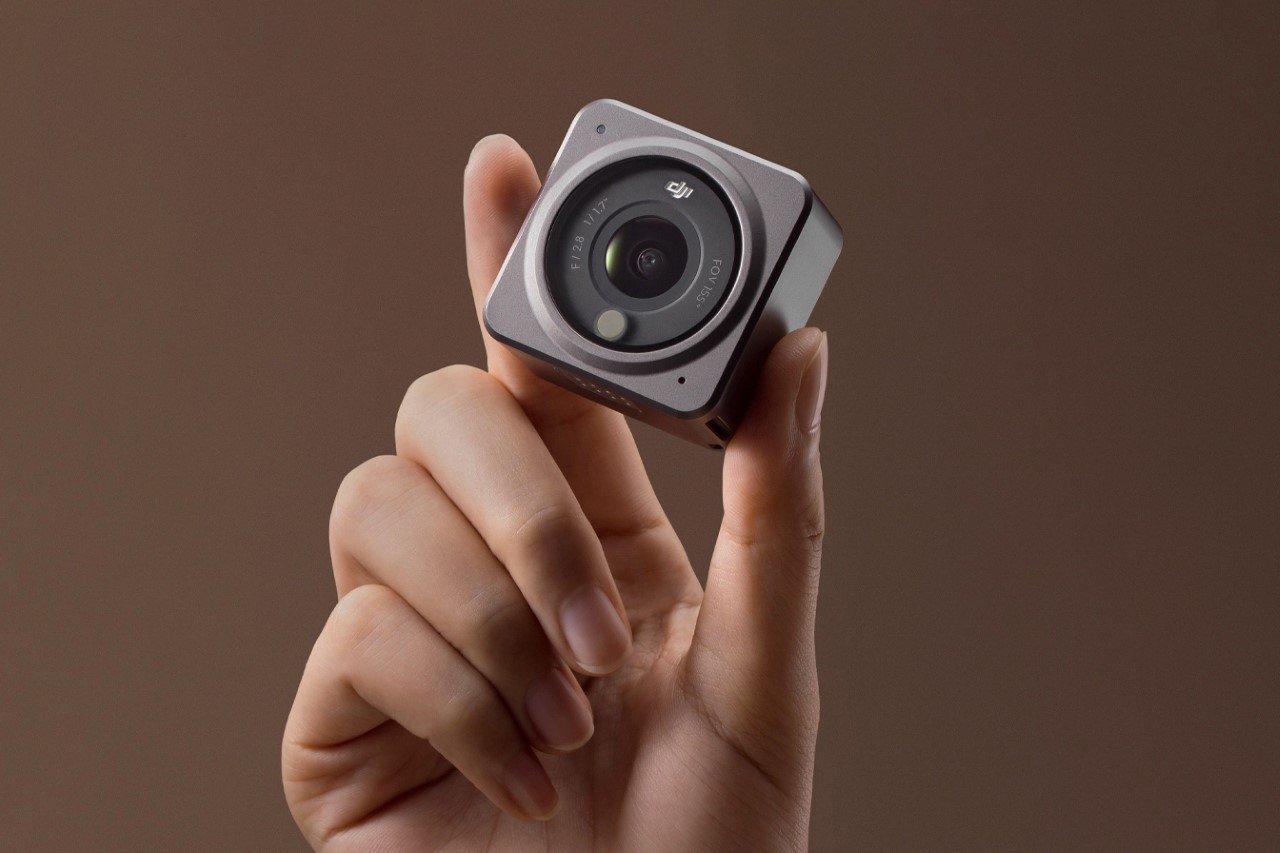

What the Action 2 gets right with its design isn’t just the camera (after all, DJI’s cameras are pretty fantastic to begin with) but rather how the camera is operated. The company designed an exhaustive list of modules, holders, and even accessories to go with their camera, all of which affix themselves to the Action 2 using an incredibly powerful set of magnets (a la MagSafe). The modules simply snap on or snap off, and give you a variety of use-cases, from being able to hold the camera in your hand, fix it to your chest/arm/head, attach it to your helmet, handlebar, or dashboard, place it on a steady surface, or even go underwater with it. If there’s a place you could take your Action 2, or an activity you could conduct with your Action 2… DJI’s thought of it and designed a module/accessory for it.

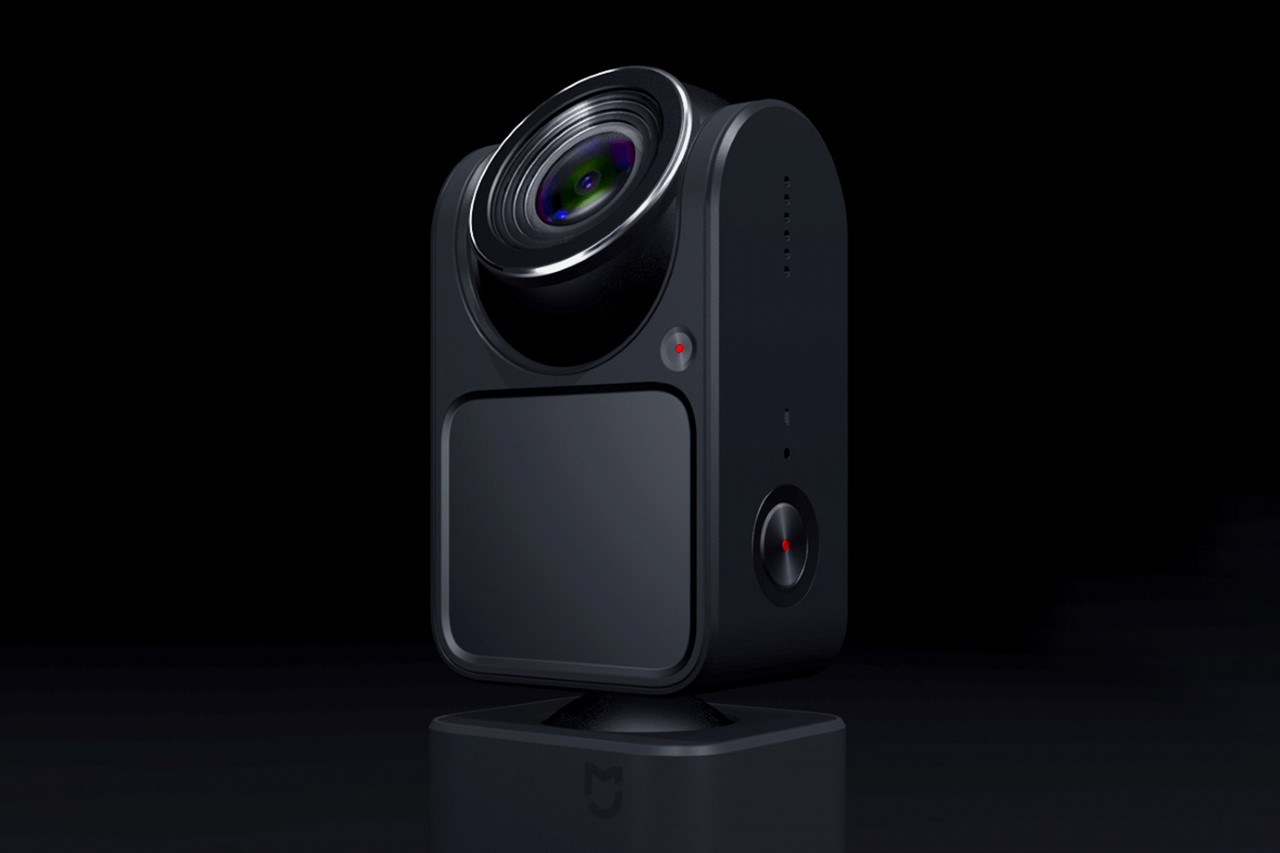
The Mi Action 360 overall champions a rather ‘less is more’ aesthetic. The two-button interface aside the camera’s body also has a battery level indicator, an in-built microphone, and two tripod mounts that let you hook your action camera onto tripods, selfie sticks, or a host of other mount-compatible accessories. It doesn’t match up to the DJI Action Cam’s magnetic mounting system, which I’ve declared my love for pretty publicly. That being said, the Mi Action 360’s core capabilities are entirely different, and judging by the size of the lens, this little bad boy should quite easily be able to capture 360° HDRI images in 4K, which would make for great immersive VR content. It’s a shame this camera’s just a concept… although here’s hoping that an exec at Xiaomi sees this design.
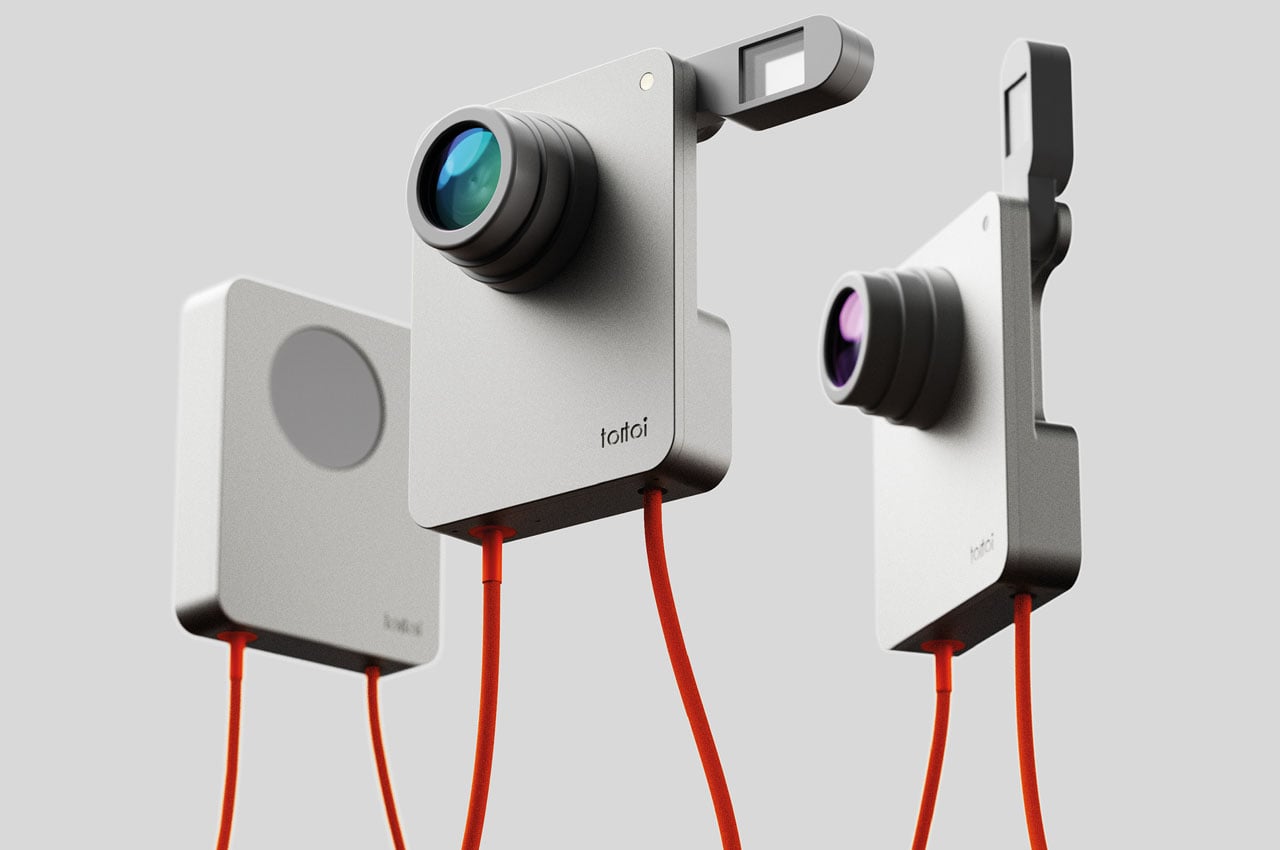
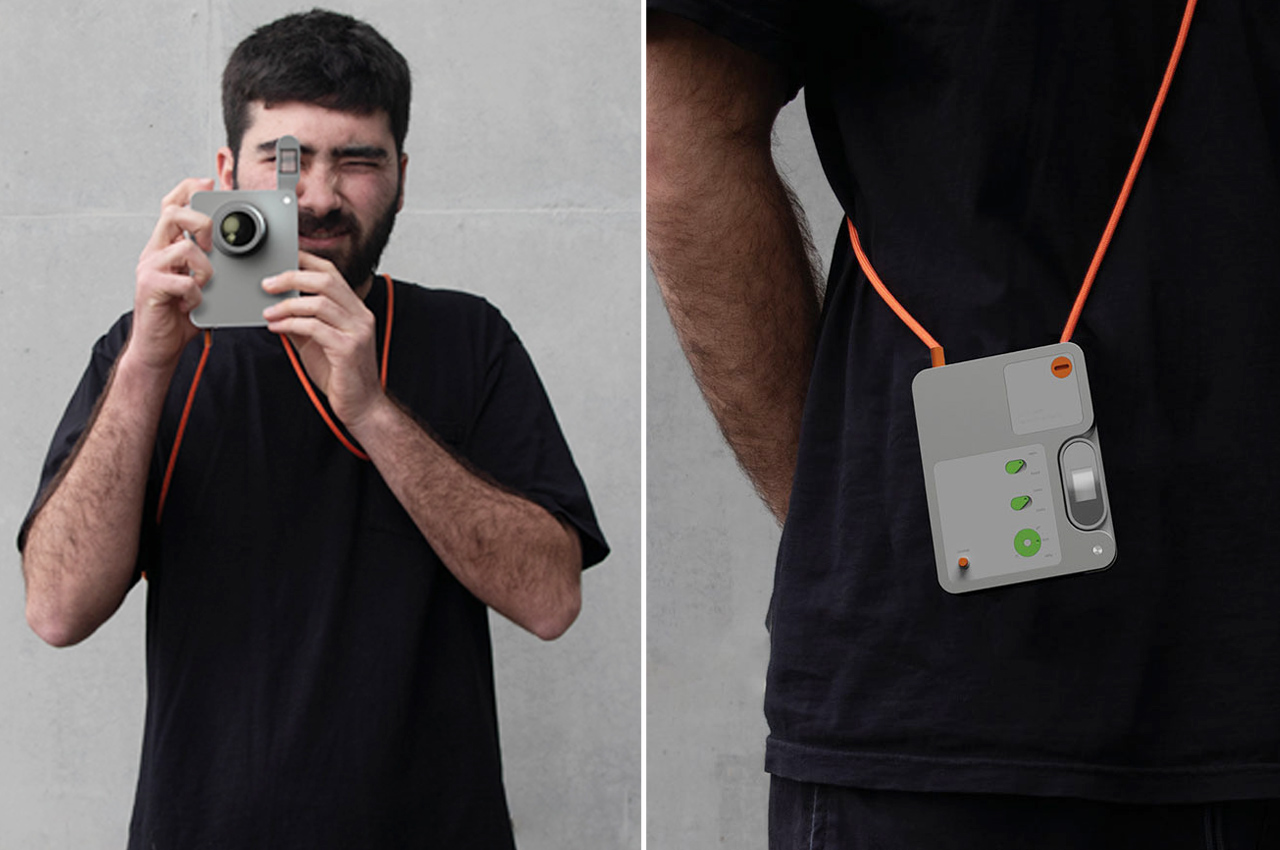
This smart camera has a powerful performance quotient – courtesy of the crossed section of closed lens that hide from plain sight in a series of plastic casings that move independently. Depending on the shot being taken, the lenses can be swapped with the push of a button. A telephoto for taking a portrait shot or a wide lens for shooting panoramic landscapes on a golden sun bathed evening. The viewfinder can rotate in 180 degrees direction for portrait shots or 90 degrees for a wide shot without moving the camera instead. The functionality is also kept to the bare minimum to let you focus on capturing memories. The flash intensity is controlled via the large wheel, while the positional switches lend the option to toggle between colored or monochrome photos or videos.
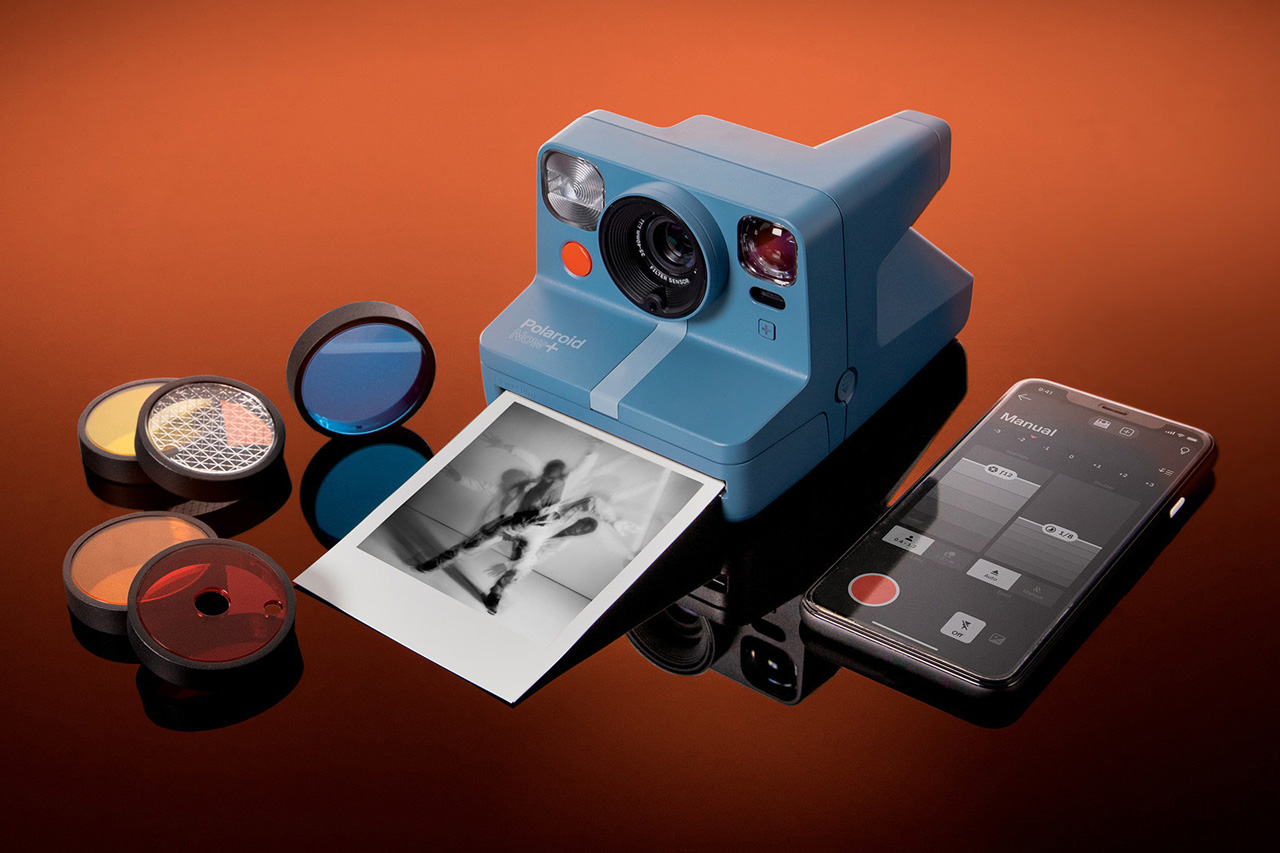
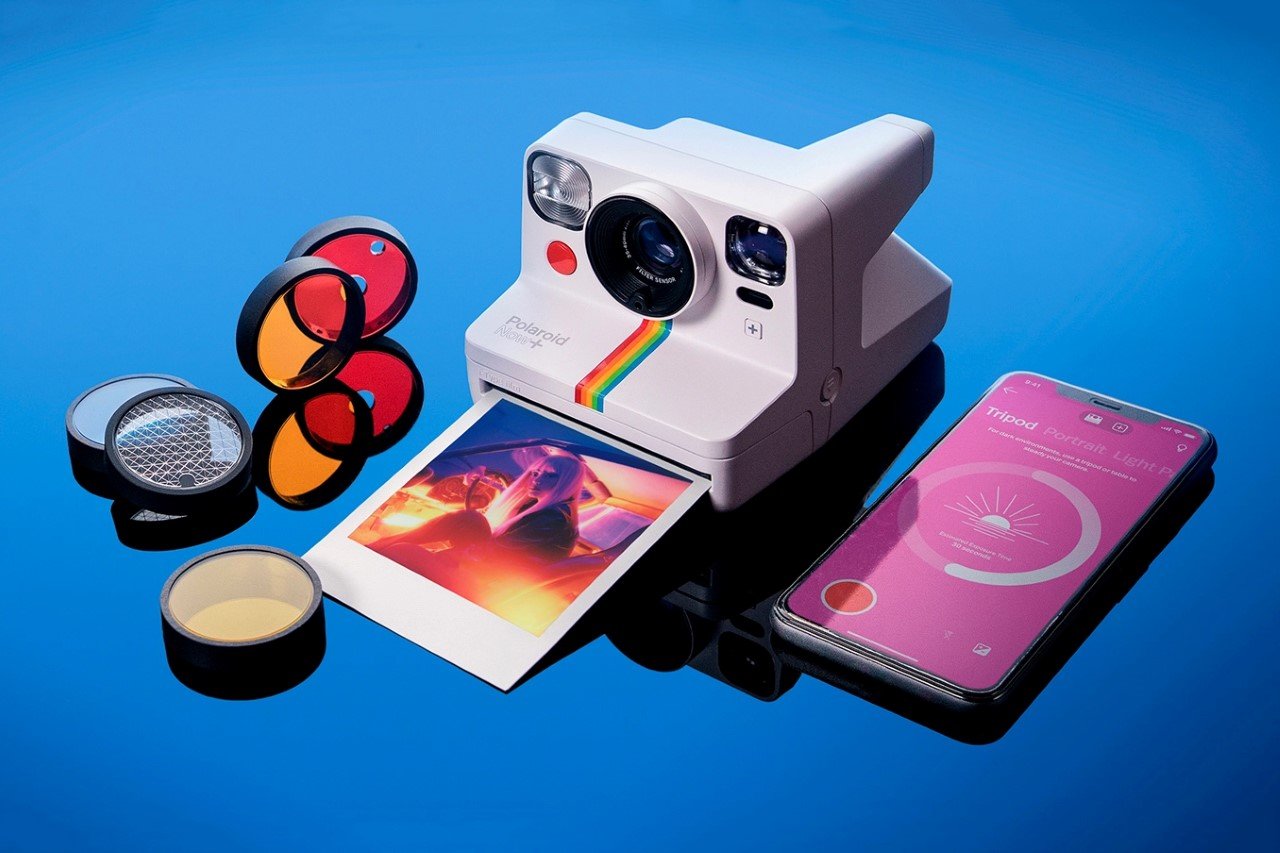
To make the instant camera appealing to this new wave of ‘content creators’, Polaroid debuted the Now+, an i-Type camera that comes with a slew of features that upgrade the instant camera experience with filters, lenses, art-styles, and a remote shutter feature through Polaroid’s own smartphone app. The snap-on lens kit features multiple tinted lenses as well as a ‘starburst’ lens for more vivid shots. The Now+ even comes with autofocus capabilities (a feature that was also built into its predecessor, the Now) and extensive creative control thanks to the accompanying Polaroid app. The app lets you adjust the camera’s aperture for either crisp, clear shots, or bokeh-filled low DoF images, while the camera intelligently handles the exposure to give you the best shot.
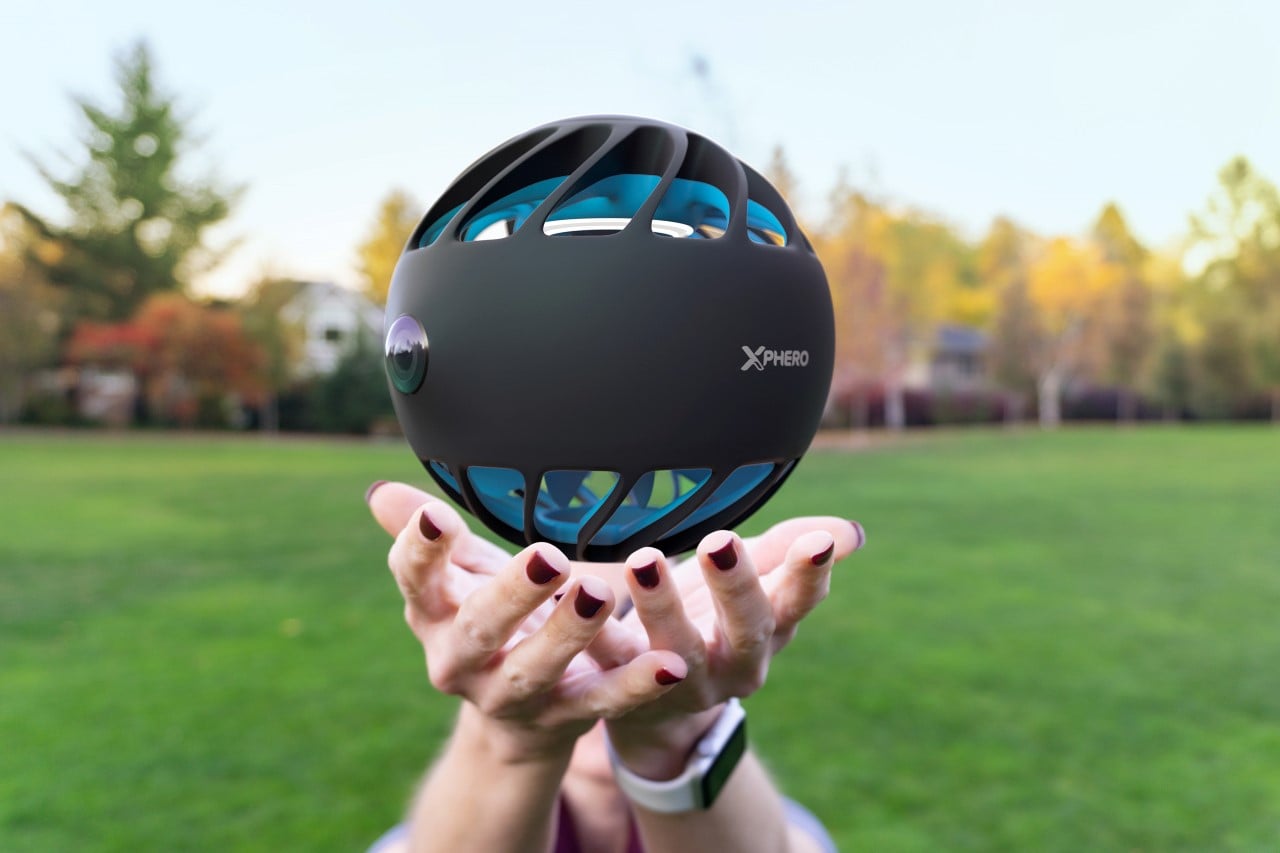
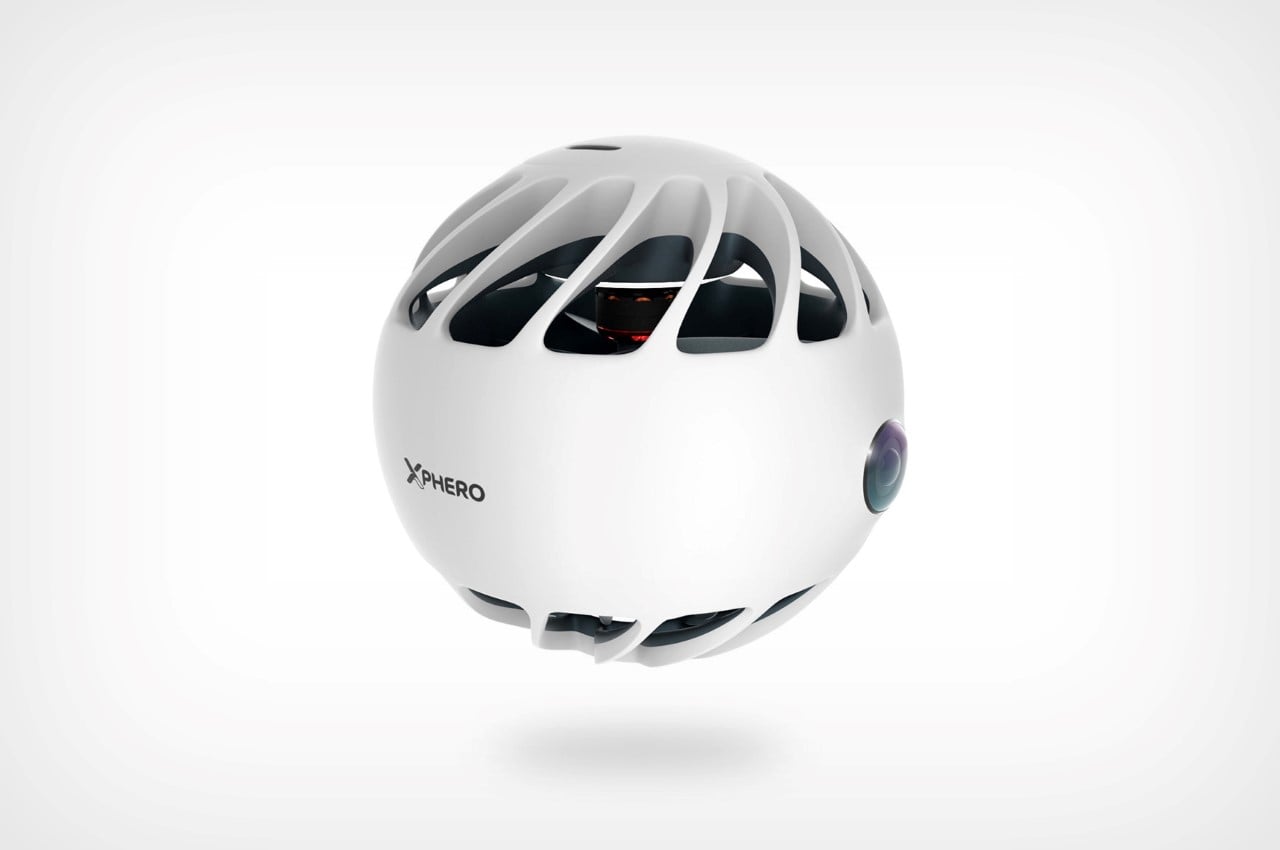
Weaver’s design focuses more on shock-value than actual physics or aerodynamics, which is precisely what makes the Jupiter drone concept fun to analyze from a design sense. The drone’s strange shape almost gives it the appearance of an all-seeing eyeball that levitates around everywhere, and according to Weaver’s visualizations, it’s the kind of drone you’d use to film the action around you – thanks to the presence of dual fisheye 4K cameras that can capture in 360°. It comes with the battery mounted on the top (weighing a commendable 400g) and has sensors at the bottom that detect proximity, allowing it to nail the landing – because without any bumpers or feet, the Jupiter can only take-off and land on your palm. The fact that the outer shell protects the internal propeller so well makes it perfect for this, as well as acting as a general buffer as the drone flies around filming the world around you!
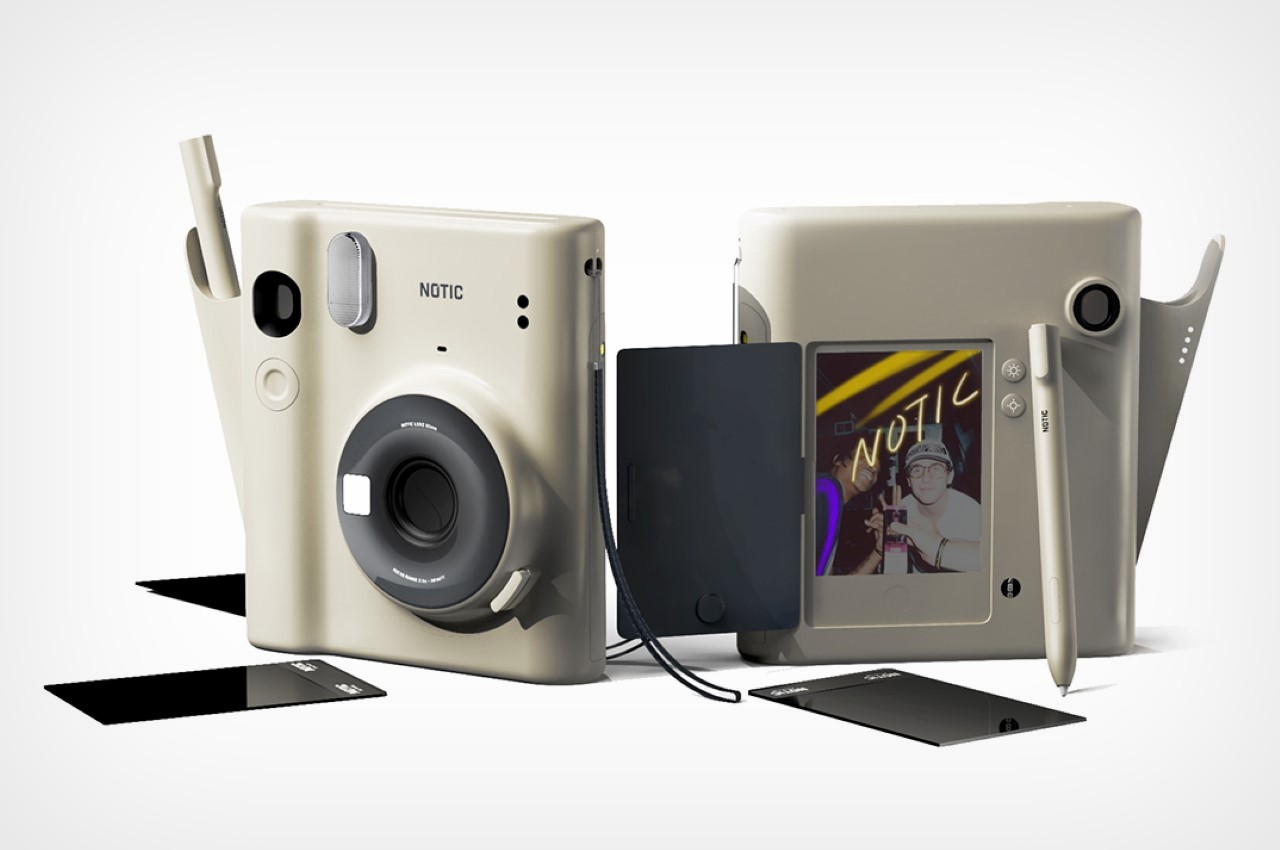
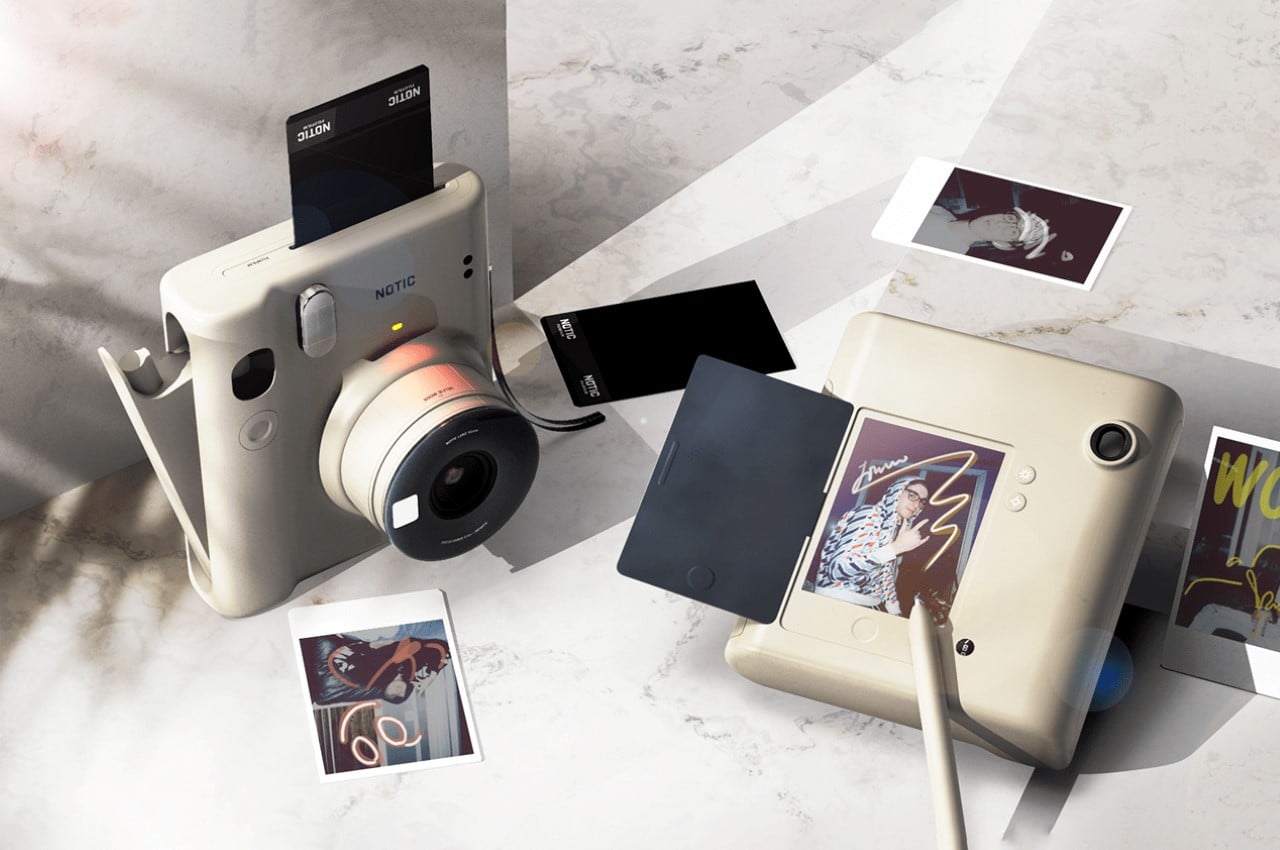
Meet the NOTIC, a camera concept that takes instant photography to the next level. While most instant cameras are a mere two-step effort – clicking and printing (or developing if you’re pedantic), NOTIC adds a third intermediary step that lets you customize your photos before they print. The camera’s built-in stylus lets you doodle on your photos, adding notes, emojis, sketches, etc. to give your photo a more heartfelt, personal touch. The NOTIC camera concept is roughly modeled on the format of the Fujifilm Instax series, with its almost boxy appearance. It comes with a viewfinder in the top corner that lets you compose your shot, a flash for dark scenes, and an autofocus sensor that ensures your images are crystal clear. Once you’ve clicked the picture, a screen on the back of the camera displays your photo (which you can either accept or reject), and a pop-out-stylus built into the side of the camera lets you doodle on your photo before printing it out. Just experientially, it feels a lot like doodling on an Instagram story or a Snapchat snap before posting it, except this isn’t really ephemeral. Once you accept your final result, the photo develops on the instant film which slowly makes its way out of the top of the camera.
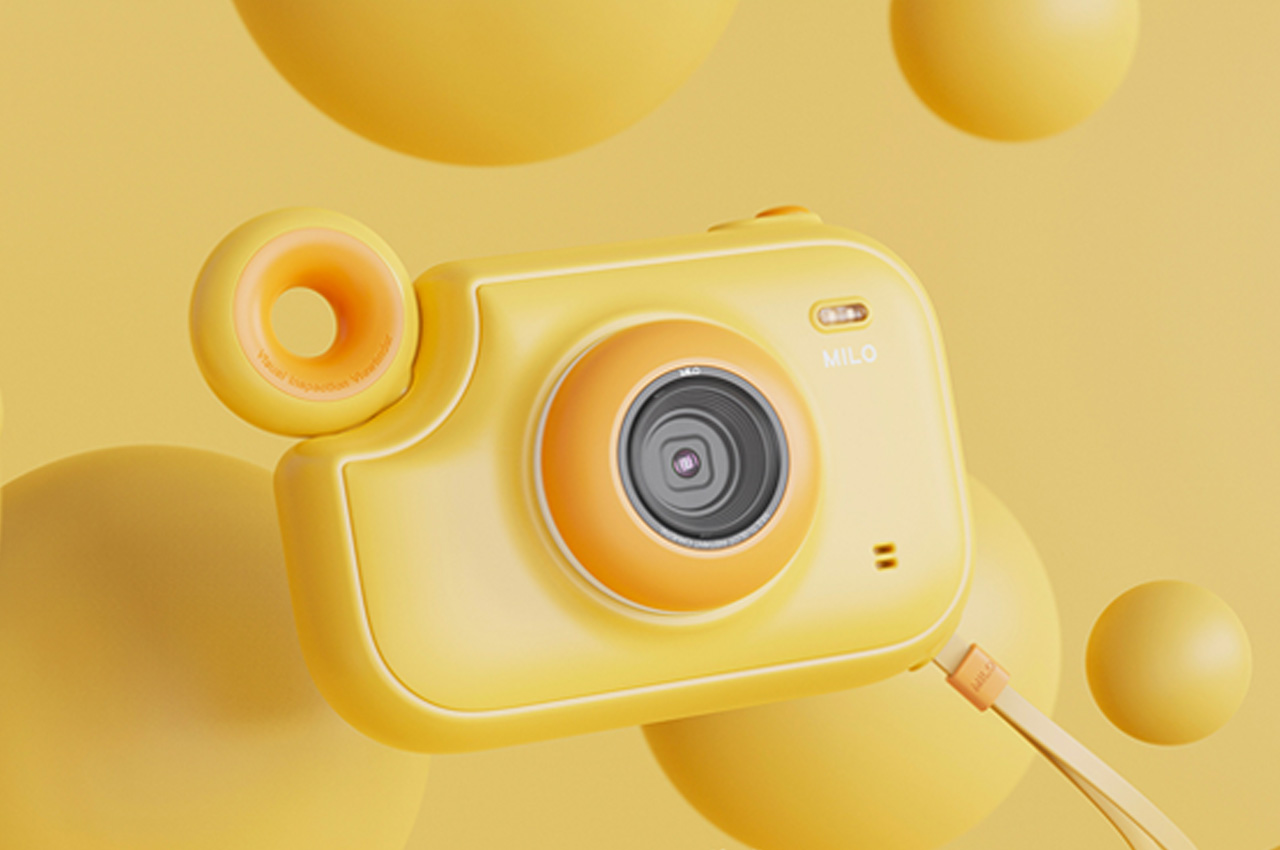
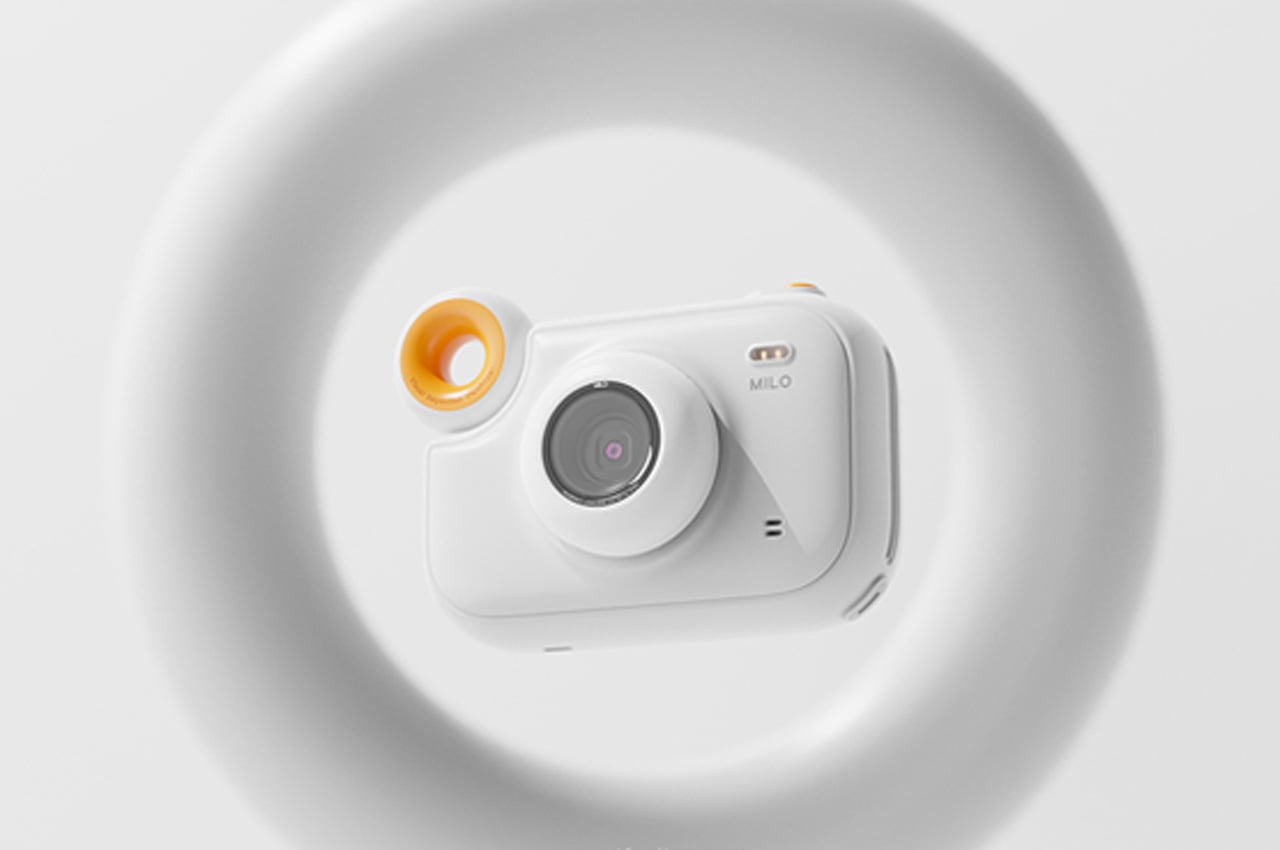
LEICA is known for creating bespoke cameras that are almost collectible. While this clashes with the idea of handing them over to a kid, the quality of the output they deliver are sure to encourage the kids into taking up this hobby with increased frequency. The form of the camera is designed to encourage exploration – with soft rounded edges and a viewfinder that resembles a donut. The design names the viewfinder the visual inspection tool – letting the kid peek through it to discover the world they want to click a picture of. The aesthetics use a soothing yet vibrant white-yellow combination, sparking joy in all they do. Functionality-wise, the camera has a viewfinder, a button to click, a battery level indicator, and a lot that shoots the printed paper out once we click the photo.
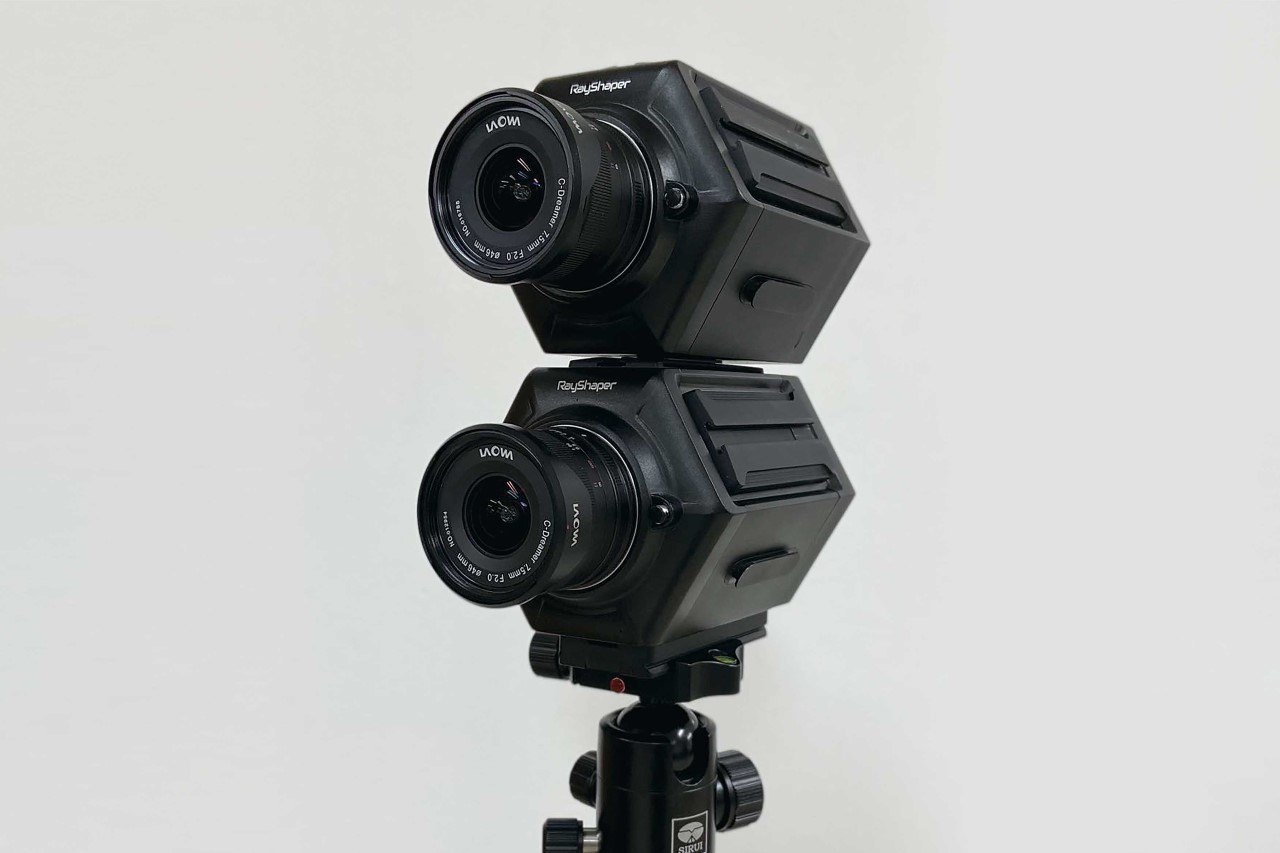
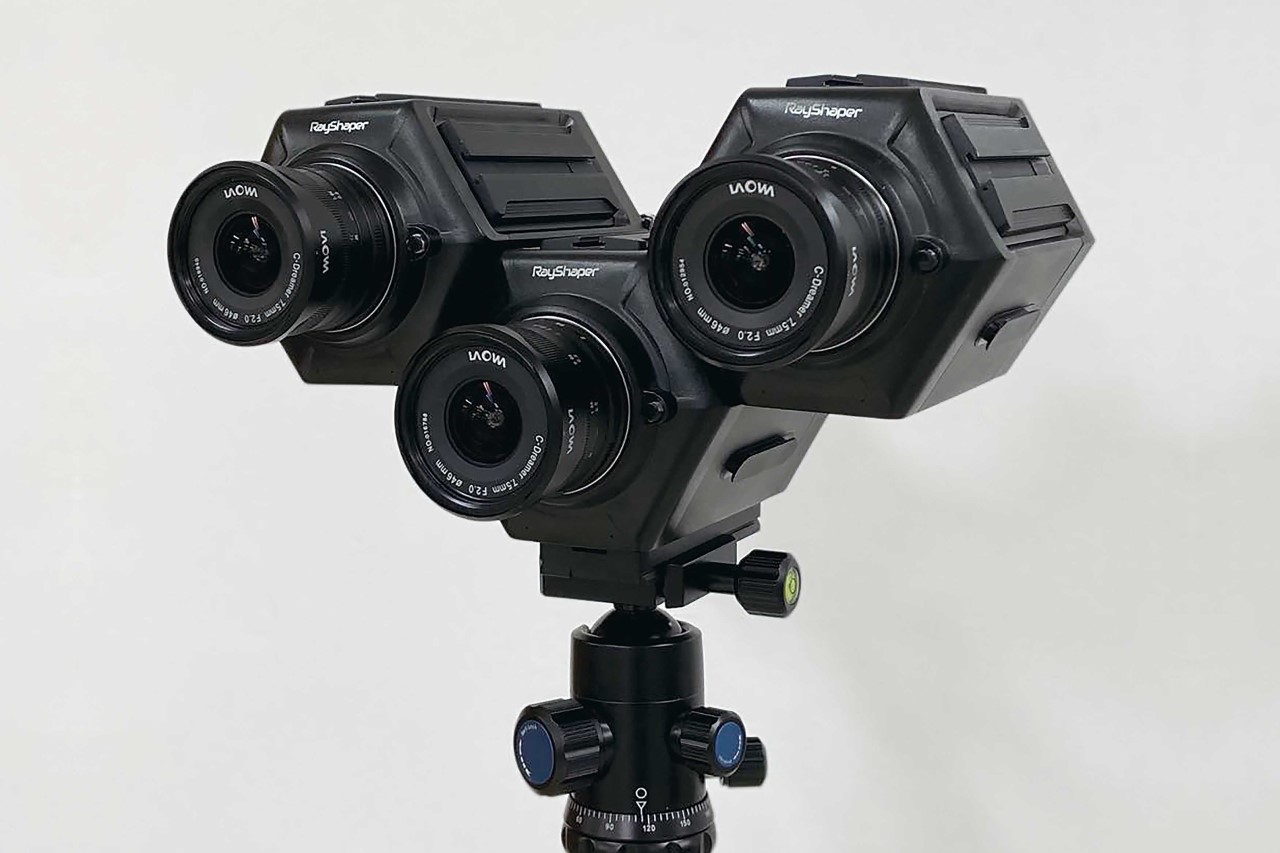
RayShaper’s camera’s unique hexagonal shape allows you to create a ‘honeycomb’ of multiple cameras snapped together. This array has two main benefits – firstly, the slightly offset cameras allow you to capture a wider shot without using a wider lens, and while provide spatial resolutions of over 1 billion pixels at 120fps. Secondly, the offset cameras allow you to capture depth information too, and even perform spatial recordings with 6 degrees-of-freedom (6 DoF) that are necessary for VR headsets. “Compared with ultra-high-resolution and light field camera systems currently on the market that use legacy architectures, BeeHive provides higher performance at a much cheaper cost”, say the folks at RayShaper. The modules allow you to add or subtract lenses on the fly, and give you the power to build up your camera setup without necessarily needing to upgrade by buying the newest cameras. Just add a few more modules and you’ve got a camera rig that’s much more powerful!
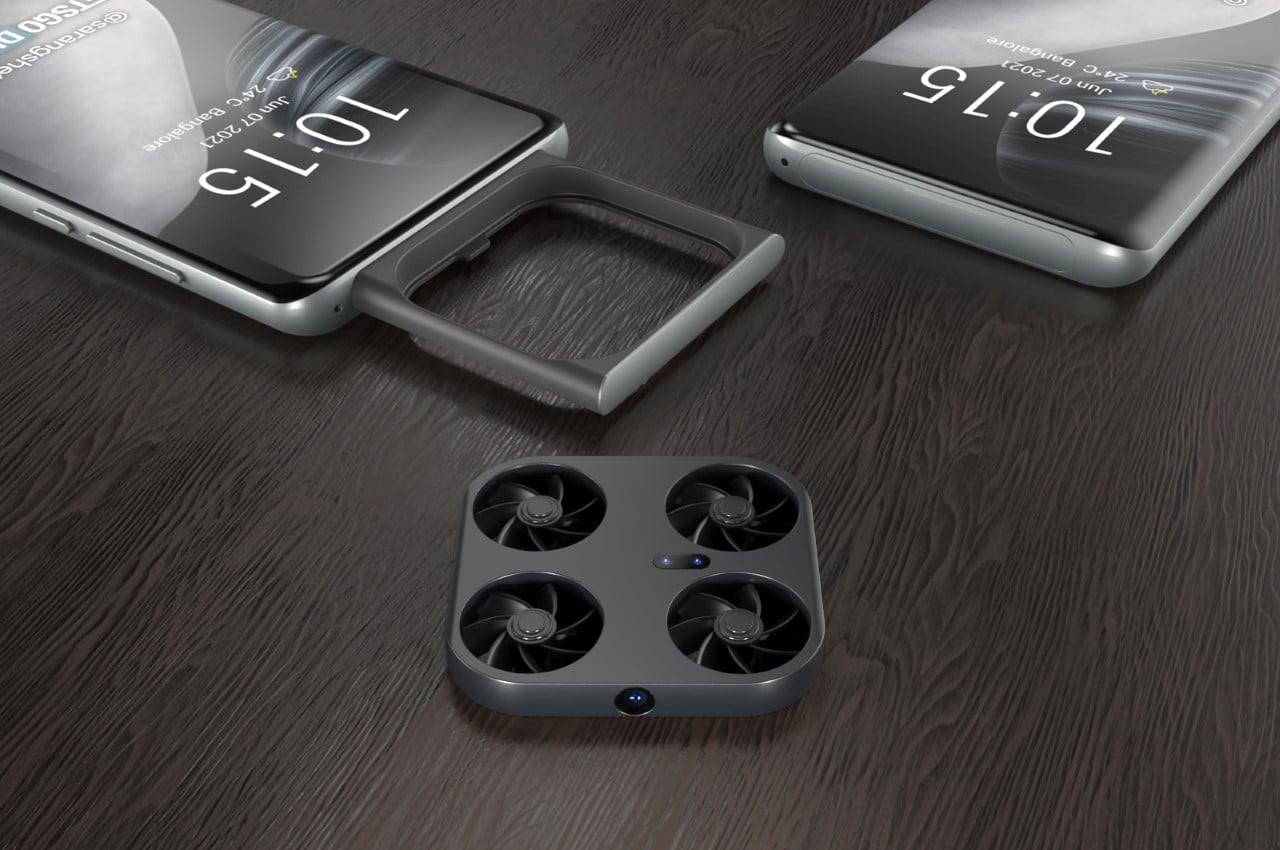

Sliding cameras on smartphones aren’t new, although Vivo’s concept takes it a couple of notches ahead. The patent shows a phone with a massive pop-out tray on the front. Within it, sits a tiny drone (sort of like the Air Selfie Drone from AirPix but smaller) with four propellers and a bunch of cameras and sensors. Fire your camera app and the tray instantly pops out and the drone takes off. A front-facing camera on the drone’s body lets you click photos (either of yourself or of landscapes) from a variety of vantage points, going above and beyond what your smartphone camera and your outstretched hand can do. Given how small drones, it isn’t entirely an idea I can actually dismiss… although what would Vivo’s marketing team call it? A Dronephone? A Smartdrone? A Phdrone?!
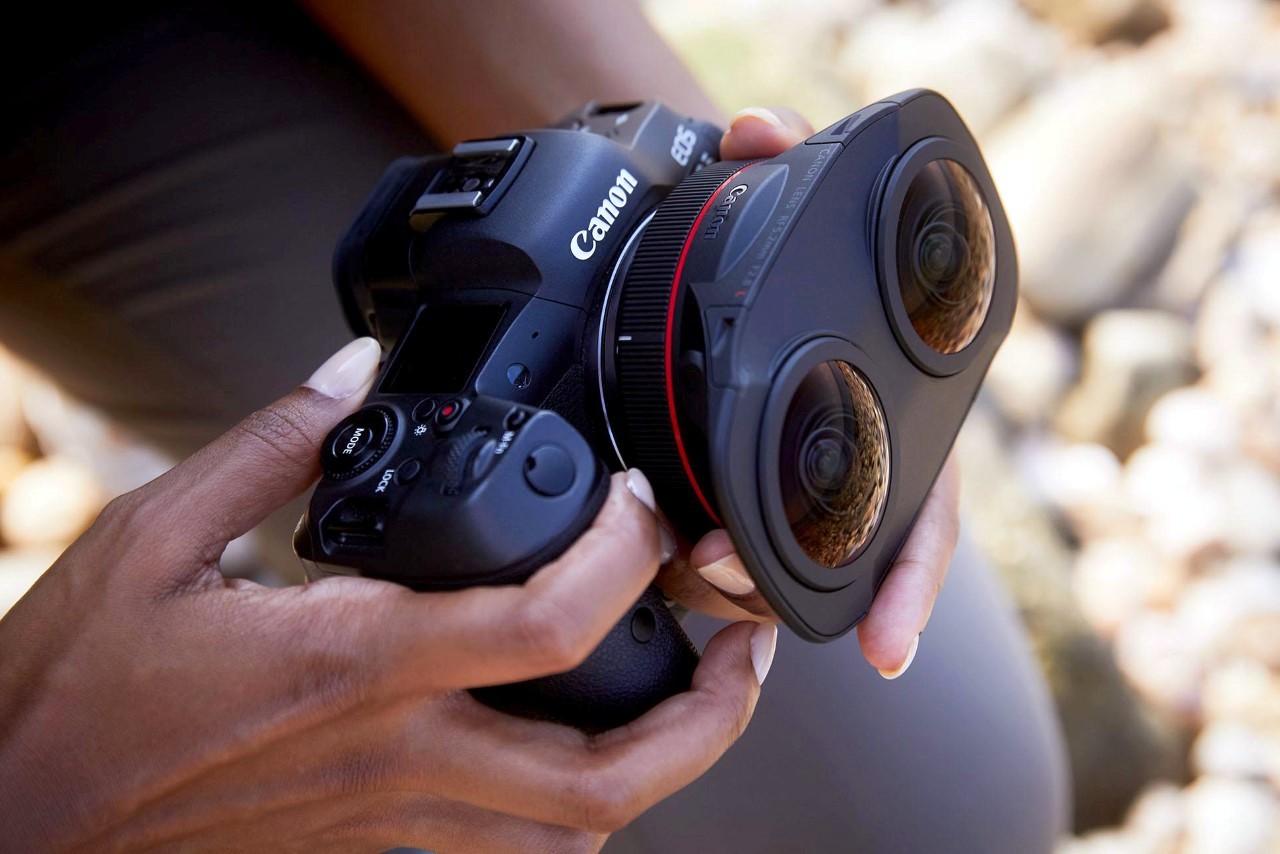
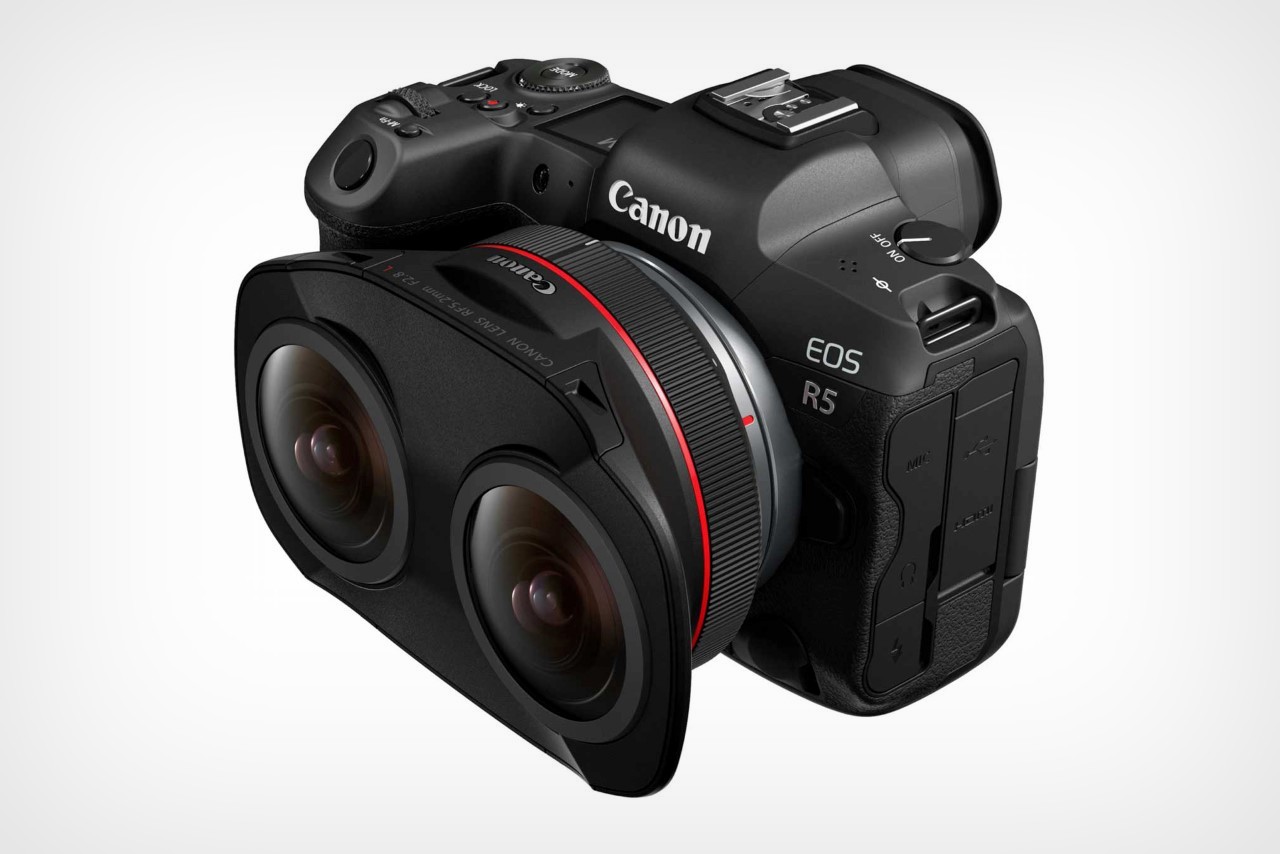
I bet you’re just as baffled as I am looking at Canon’s new RF5.2mm F2.8 L Dual Fisheye Lens. It almost looks anthropomorphic, with the way the two eyes stare at you, but in fact, what’s really marvelous is where Canon seems to be going with their cameras. DSLRs and Mirrorless cameras are already some of the most powerful shooters out there, and rather than ditching that entire ecosystem of cameras to move to newer camera types – like drones and AR/VR cameras, Canon has just embraced good old-fashioned innovation instead, with a newfangled lens that is compatible with their existing EOS range of cameras. The lens, when paired with the company’s 1.5.0 firmware update, enables the humble yet capable 2D camera to shoot SBS 3D content. Pair the lens with the EOS R5 mirrorless camera and suddenly you can perform high-resolution video recording at up to 8K DCI 30p and 4K DCI 60p.
The post Unique + Innovative Camera Designs that’ll majorly impress even the true-blue photography lovers! first appeared on Yanko Design.



No comments:
Post a Comment